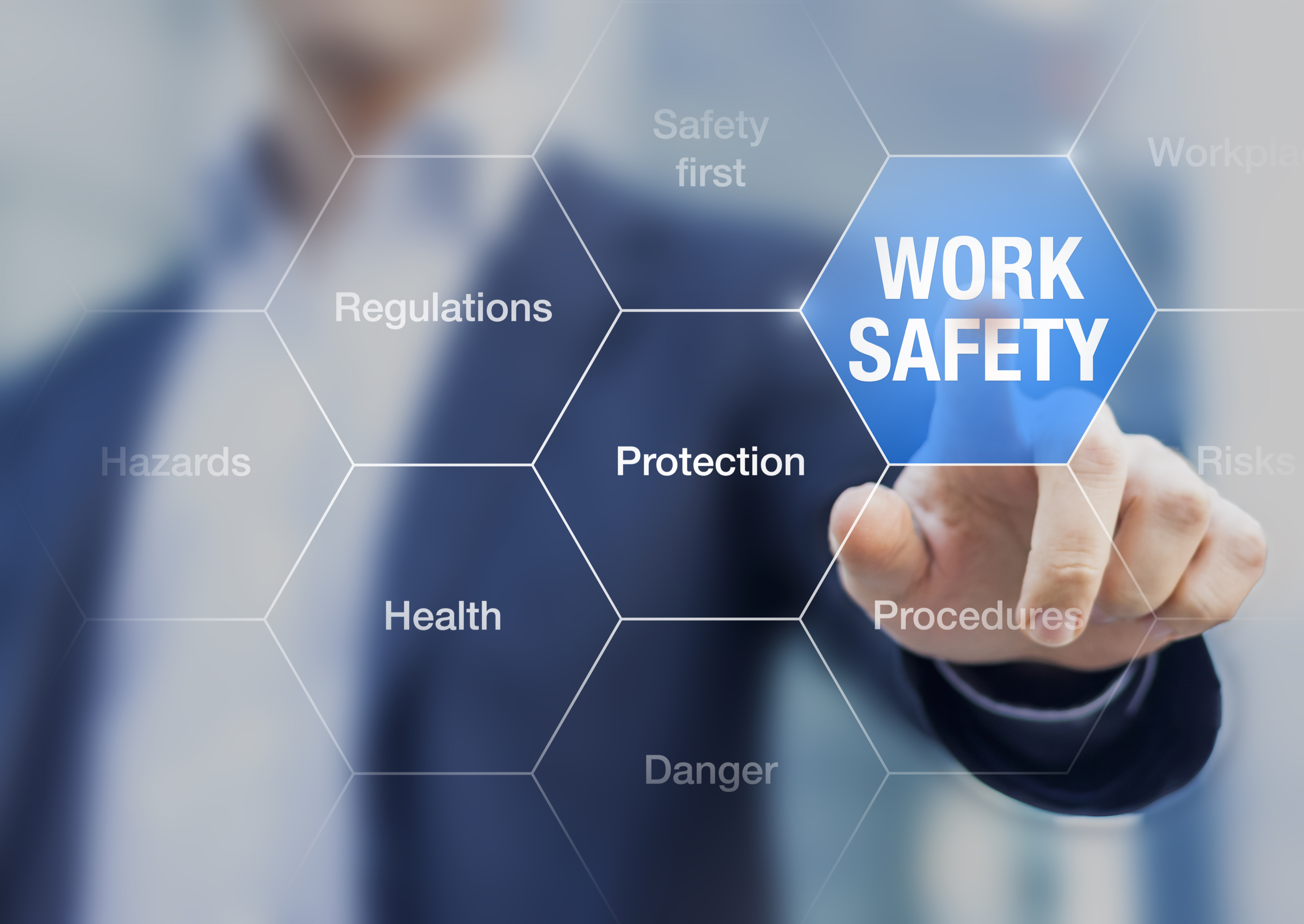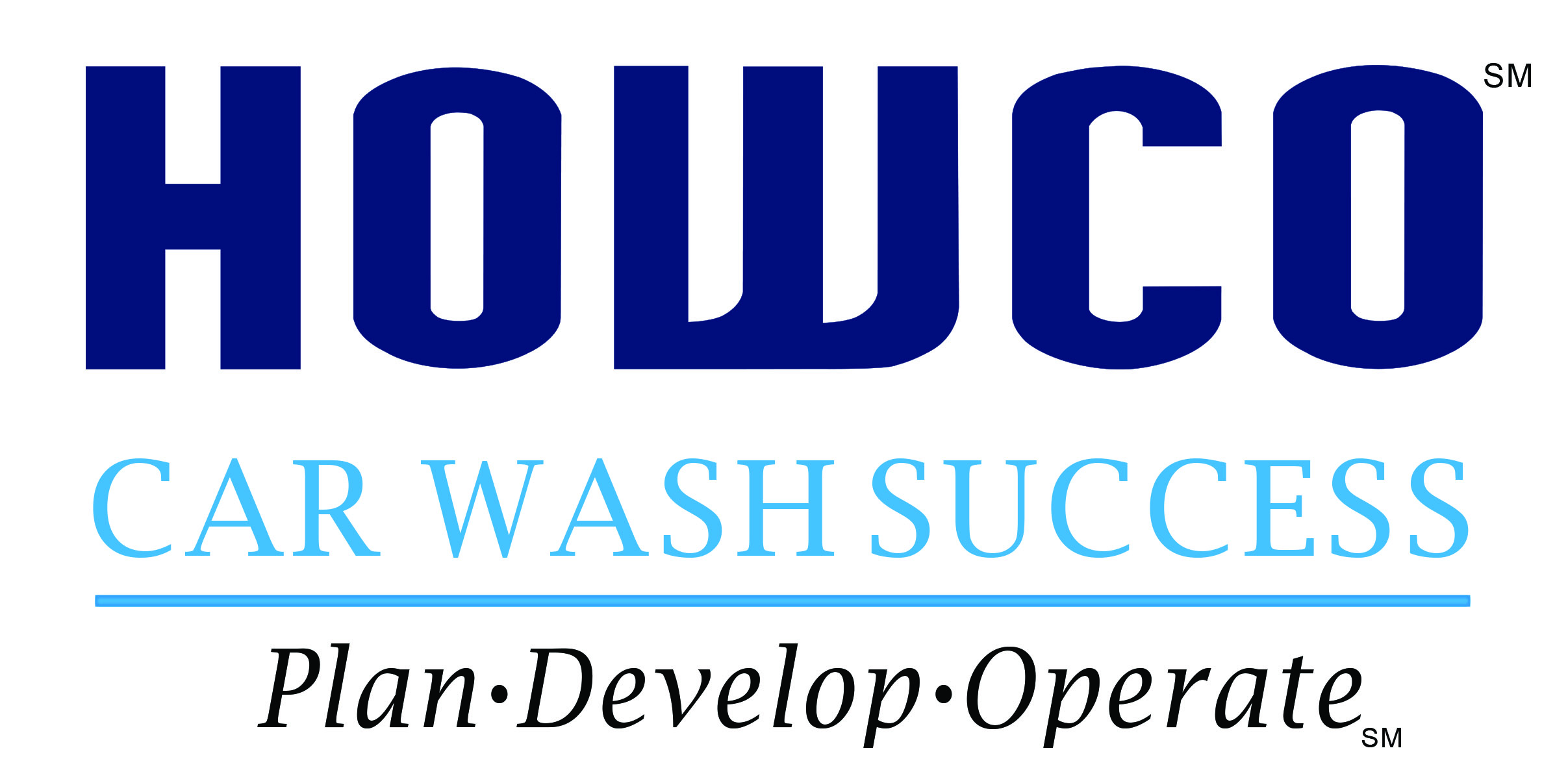Weighing the Cost Versus Benefits of Instituting a Safety Program
Jul 17, 2023

by Tim McGinnis, Safety, Health, & Risk Manager / Howco Inc.
There are many perspectives on what an effective safety program can bring to a company, primarily a safe working environment for all employees. But have you considered how a safe environment for employees can also help control your costs?
From effective policies and procedures that protect employees and production, to the resulting reduction in workers’ compensation costs, educating your staff so that safety becomes second nature can improve operational efficiency and maintain profits.
Everything in the operation of a car wash has a purpose. From washing and drying the exterior to cleaning the interior, there is a piece of equipment and/or procedure that comes into play. Some equipment in the wash bay and backroom can put employees in danger of being shocked, struck, or caught between components. If machinery is defective, leaks can cause a slippery surface. All of these areas should have a policy or procedure in place so an employee can safely work on or around equipment with minimal chance of injury.
But what happens if there isn’t a policy in place or an employee takes a shortcut, and how can this affect your bottom line?
From the outside, it would appear to be an issue regarding that employee only, but have you thought beyond the workers’ compensation costs?
- Are you prepared for that employee to be out of work long-term? Will you have to hire another person to fill the position, effectively paying two people to do one job?
- What if that injury were to be newsworthy? Are you prepared to spend time and money addressing the situation with the media, and is it possible that media fallout causes further financial strain because customers choose to go elsewhere?
- Was the injury severe enough that it met the criteria for an OSHA (Occupational Safety and Health Administration) investigation, thus causing you more lost time and risk of being cited or fined?
At this point, would you question why all of this came about, and if a safety program could have helped prevent this spiral?
You can begin developing an effective safety program today; many can be started with internet searches via manufacturers’ or safety industry websites. One of the first steps is understanding the hazards that are present and what injuries occur most often. Are they slips, trips, and falls? Perhaps being caught between or struck by equipment? Do you have electrical hazards that need to be managed?
Once you identify areas such as these, you’ll be better prepared to write policies and procedures for your employees. Developing these will take some time, but being proactive instead of reactive is time and money better spent.
Once procedures are in place, you will need to conduct a Job Safety Analysis (JSA) to determine if any personal protective equipment (PPE) is required to complete related tasks. This could be as simple as identifying a need for protective gloves when using cutting tools such as knives, or procuring Arc-Flash clothing for any necessary electrical work. PPE is designed to protect the employee from various identified hazards and, when used properly, also helps protect your bottom line.
There is still one thing that ties all this together: training.
A company can have proper policies, procedures, and PPE in place, but without training, those areas can become a liability. Employees need to be taught what is expected of them, not only from a production standpoint, but also in areas where injury is a possibility. Every employee exposed to any hazard through the normal performance of their duties must be trained. Lastly, training should be documented for future reference needs.
Developing a safety plan comes with some front-end work, but ultimately, the time spent is far less than that required if something goes wrong. If an employee injury meets the criteria for an OSHA inspection or civil lawsuit, you can be held accountable for not establishing and documenting policies and procedures and training your employee therein. In the end, an effective safety program is key to protecting both your employees and your profits, providing you with a return on investment in the long run.

